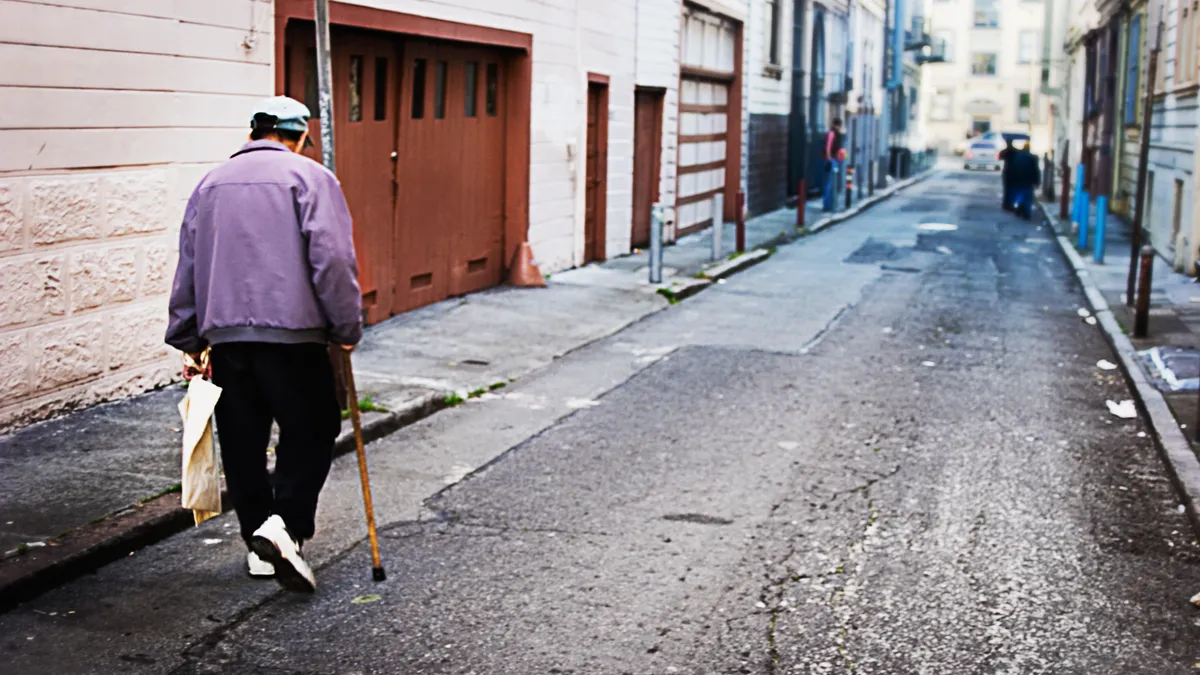California’s first state-funded guaranteed income program will give more than $25 million to seven pilot programs, the California Department of Social Services announced last week.
The California Guaranteed Income Pilot Program will provide cash payments to nearly 2,000 pregnant people and former foster youth. It aims to reduce poverty, advance equity and support recipients' basic needs by providing individuals with unconditional, regular cash payments. Each recipient will receive $600 to $1,200 monthly for 12 to 18 months, depending on the pilot.
The Urban Institute, a think tank, and the University of California, Berkeley, will evaluate the effectiveness of each pilot project.
“These pilots will serve as an important opportunity to assess the impact of an economic intervention during key life transitions, such as the birth of a child or entry into independence after extended foster care,” CDSS Director Kim Johnson said in a press release.
The program builds on the success of the philanthropy-funded Stockton Economic Empowerment Demonstration, which the agency noted increased employment and improved financial and physical health among program participants, according to a press release. Stockton was one of the nation’s leading cities in pursuing universal basic income.
Local governments nationwide are experimenting with guaranteed income programs that provide cash payments to specific populations, such as new mothers or individuals who were formerly incarcerated, with no strings attached. These programs allow people to receive benefits without the reporting requirements and other administrative work associated with traditional social services programs.
Findings recorded from guaranteed income pilot programs to date have included improved economic security, and recipients often report greater well-being, belonging and self-worth, according to the Guaranteed Income Pilots Dashboard, which tracks pilots across the country. Program participants spend 40% of their cash assistance on retail sales and services, 28% on food and groceries, 9% on transportation, and 8% on housing and utilities, with the remainder going to other expenses, the dashboard shows.












